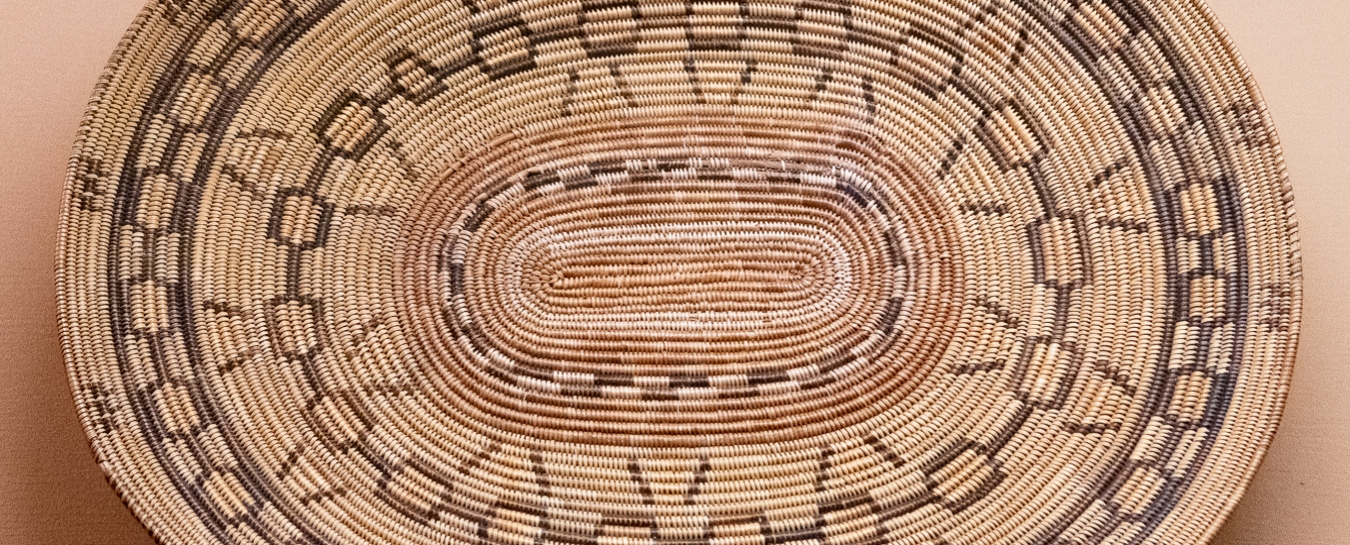
Anthropology FAQ
Have a question for our anthropologists? The answer may already be here.
I think I found an artifact on the landscape! What should I do?
Ethics, science, and the law agree: it’s best to leave artifacts in place.
On public lands like national and state parks, strict laws prohibit the unpermitted collection of artifacts. Even on private land, it’s best to leave artifacts in place, for ethical and scientific reasons. You may have encountered an artifact that’s part of a gravesite (see related question below).
Reporting found artifacts to authorities while leaving them in place can be very beneficial. The best thing you can do when you find an artifact is to take a photo, including something like a coin or ruler for size reference. Share that photo and detailed location information with a park ranger (if in a national or state park). If on private land, tell the landowner and seek consultation from experts.
Avoid sharing photographs or location details pertaining to gravesites or other archaeological sites on social media, as doing so can contribute to desecration and looting. Never take photos of human remains in our region; that is culturally inappropriate here. For more information about gravesite protection, see below.
I already have an artifact. Can you authenticate it?
While experts may be able to say something does or doesn’t look authentic based on photographs, making actual determinations of authenticity is a lot harder.
Ideally, objects would be examined in person and sometimes under a microscope. Even then, it can be difficult to differentiate an actual artifact from a high-quality replica. If you are seeking authentication because you plan to sell an artifact, make sure to thoroughly research federal and state legal restrictions on artifact collection and sales.
We receive many requests to examine potential artifacts. In line with our code of ethics, we prioritize requests from Native descendants. We also prioritize professional requests from scholars, since supporting scientific study is the reason most museum collections exist in the first place. As our staff time is a limited resource, we encourage the general public to self-educate using the wide array of published material on local artifact types. The Museum Library is a wonderful resource for these publications. While it’s closed for infrastructure updates, check Santa Barbara Public Library.
Will you appraise my artifact?
We do not appraise artifacts for monetary value, since doing so can encourage the looting and disturbance of archaeological sites and grave sites.
This is actually a common policy among Museum professionals and archaeologists, which is also outlined by several codes of ethics and professional standards in these fields.
Does the Museum want my artifact?
Casually collected artifacts are rarely useful to museum researchers, since typically collectors do not collect much data about the context where the items were found.
This is one of many reasons to leave artifacts in place, as noted above. If you don't have the associated data but are looking for a good home for your item, we encourage you to reach out to the tribal museum that is most likely to be connected to its culture of origin. They may be able to give the item another life as part of cultural activities, educational programs, or exhibits.
I think I found human skeletal remains. What should I do?
Don’t disturb the site. If you find human remains, contact the County Coroner. Like other gravesites, Native American gravesites anywhere are legally protected from desecration.
These laws protect not only the Native American ancestors in their graves, but the items they were buried with as well. If it turns out you found an ancestor’s gravesite, law enforcement will know the right tribal authorities and archaeological recordkeepers to contact, so that the site is appropriately documented for future protection by the pertinent agencies.

